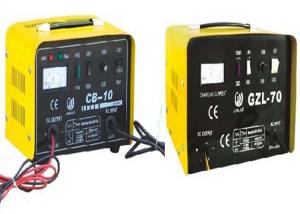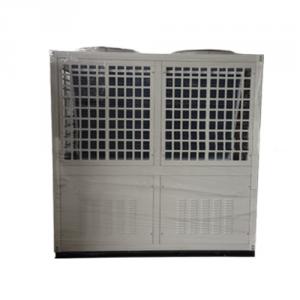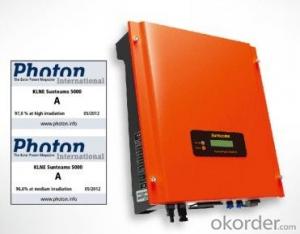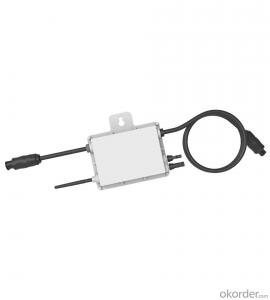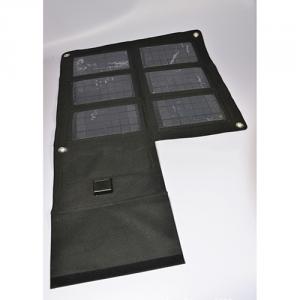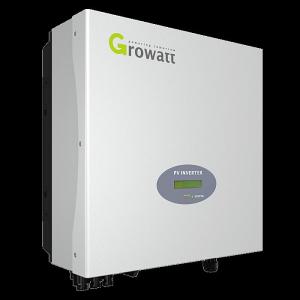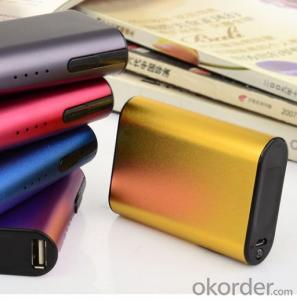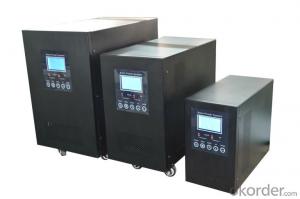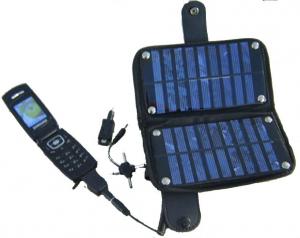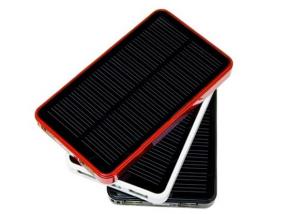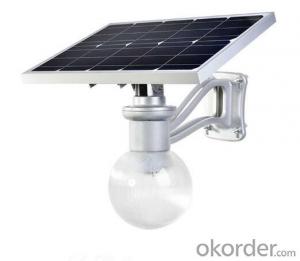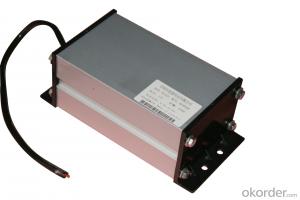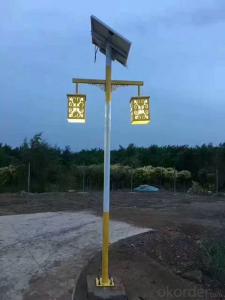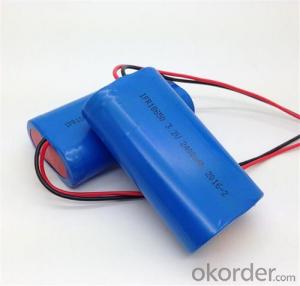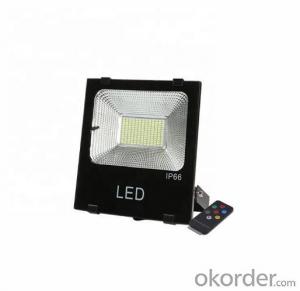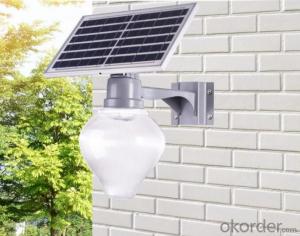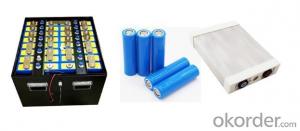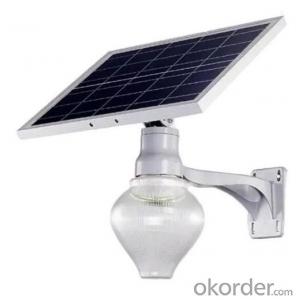Inverter Battery Solar Charger
Inverter Battery Solar Charger Related Searches
Inverter Charger Solar Power Inverter Solar Charger Solar Charger Inverter Solar Inverter Charger Charge Inverter Battery Solar Solar Power Inverter Charger Battery Inverter Solar Inverter Battery Solar Inverter Charger Solar System Inverter Solar Battery Battery Solar Inverter Hybrid Inverter Charger Solar Solar Battery Inverter Inverter Solar Inverter Solar Charger For Inverter Solar Inverter Inverter Solar Inverter Chargers Solar Inverter Charger 12v Solar Charger With Inverter Solar Charge Inverter Inverter With Solar Charger Inverter Solar Controller Solar Power Battery Inverter Solar Converter Inverter Hybrid Solar Charger Inverter Solar Solar Inverter Solar Controller Inverter Battery Inverter Solar System Solar Inverter Battery Hybrid Solar Inverter ChargerInverter Battery Solar Charger Supplier & Manufacturer from China
Inverter Battery Solar Charger is a versatile product that combines the functionality of an inverter, battery, and solar charger into one convenient unit. This multi-purpose device is designed to harness solar energy and convert it into usable power for various applications, making it an essential component for off-grid living and emergency power backup systems. The Inverter Battery Solar Charger is particularly useful in situations where access to traditional power sources is limited or unreliable, providing a reliable and eco-friendly alternative.The Inverter Battery Solar Charger is widely used in a range of scenarios, from powering small electronic devices and home appliances to supporting larger systems such as solar street lights and remote monitoring equipment. Its ability to store energy in a battery for later use makes it an ideal solution for areas with intermittent sunlight or during periods of low solar radiation. This product is also popular among campers, boat owners, and RV enthusiasts, who rely on it for powering their recreational vehicles and outdoor activities.
Okorder.com is a leading wholesale supplier of Inverter Battery Solar Chargers, boasting a large inventory that caters to the diverse needs of customers worldwide. With a commitment to quality and customer satisfaction, Okorder.com ensures that each Inverter Battery Solar Charger is manufactured to the highest standards, providing reliable and efficient power solutions for various applications. By partnering with Okorder.com, customers can benefit from competitive pricing, fast shipping, and exceptional customer support, making it a trusted choice for those seeking to invest in this innovative and sustainable energy technology.
Hot Products


